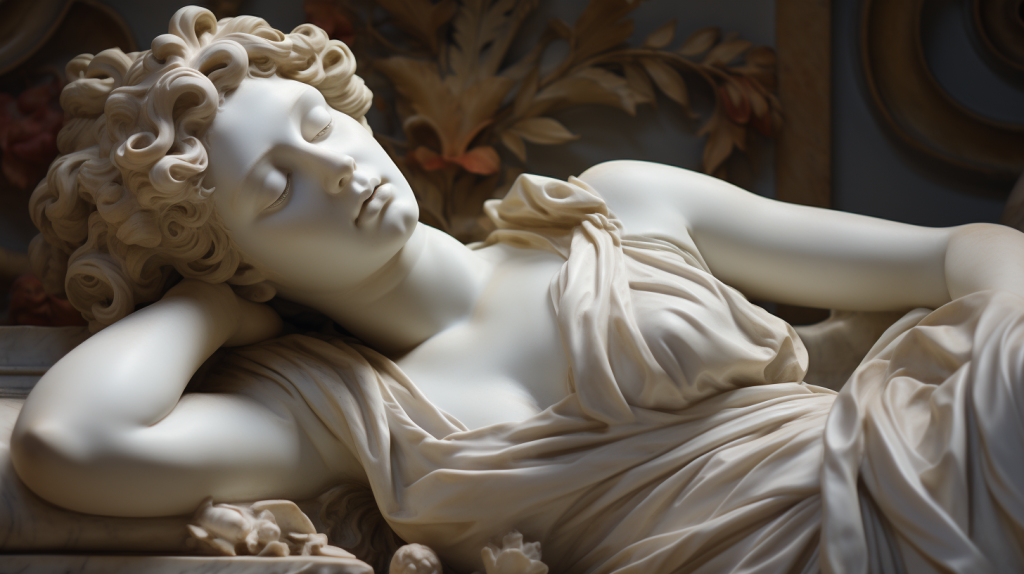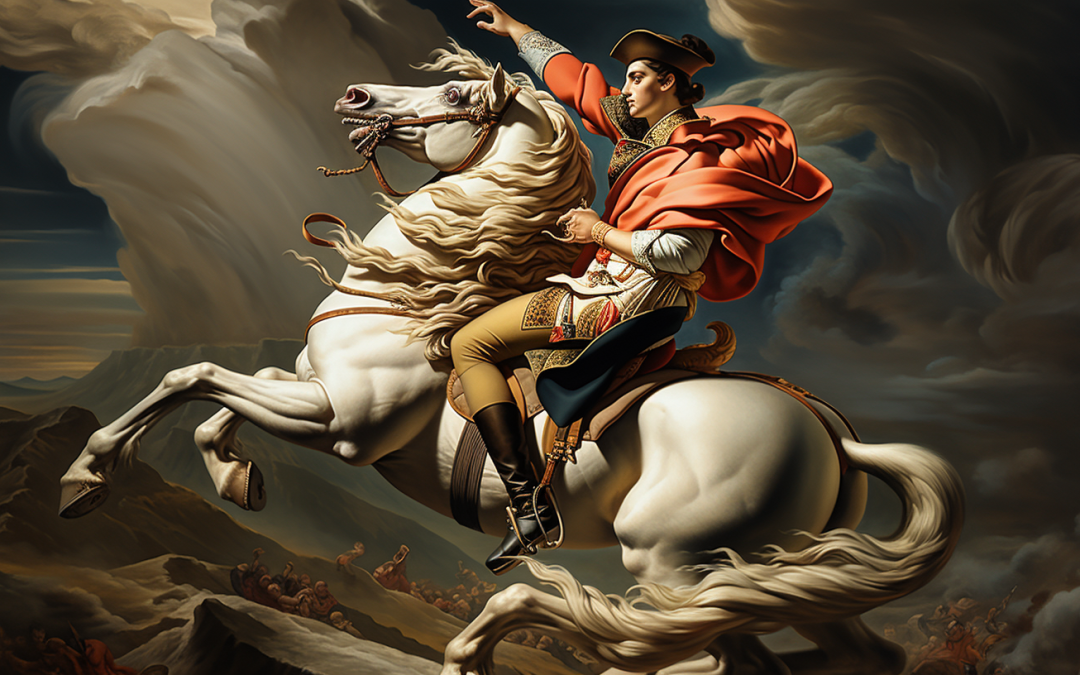The Majestic Elegance of Neoclassicism in the 18th and early 19th centuries bore witness to a spectacular resurgence of classical influences, as artists passionately looked back to the Greco-Roman world for inspiration. This period, known as Neoclassicism, stood in stark contrast to the preceding Rococo’s playful and ornate style, emphasizing restraint, symmetry, and grandiosity.
Neoclassical Roots
Roots in Antiquity: The Neoclassical movement was fueled by significant archaeological discoveries of the time, such as the ruins of Pompeii and Herculaneum. These findings provided a tangible connection to the ancient world, compelling artists to recreate its visual lexicon.
Characteristics of the Style: Neoclassical artworks are marked by their clarity of form, sober colors, and strong horizontal and vertical lines. Figures in these pieces are depicted in a restrained, stoic manner, reminiscent of statues from ancient times. There’s a palpable sense of order, idealism, and adherence to the classical virtues of strength and valor.
Neoclassicism in Various Mediums:
Painting: Dominated by the works of Jacques-Louis David and Jean-Auguste-Dominique Ingres, Neoclassical painting often portrayed scenes from classical mythology and history. The compositions were deliberate, the message moralistic.
Sculpture: Antonio Canova and Jean-Antoine Houdon are prime examples of sculptors who breathed life into marble, echoing the grandeur and gravitas of ancient statues.
Architecture: This period saw the revival of architectural elements like columns, pilasters, and friezes. Structures were imposing, symmetrical, and resembled ancient temples.
Impact and Legacy: Neoclassicism was more than just a style; it was a mindset. The era was marked by revolutionary fervor, with societies battling for liberty and justice. Art became a vessel to convey these ideals. The austere beauty of Neoclassical art, with its emphasis on duty, honor, and patriotism, resonated deeply with the zeitgeist of the time.
Today, the Neoclassical period stands as a testament to art’s power to reflect and shape societal values. It’s a mirror to an age when artists sought to marry the past’s glory with the present’s aspirations, crafting timeless masterpieces that continue to captivate and inspire.



